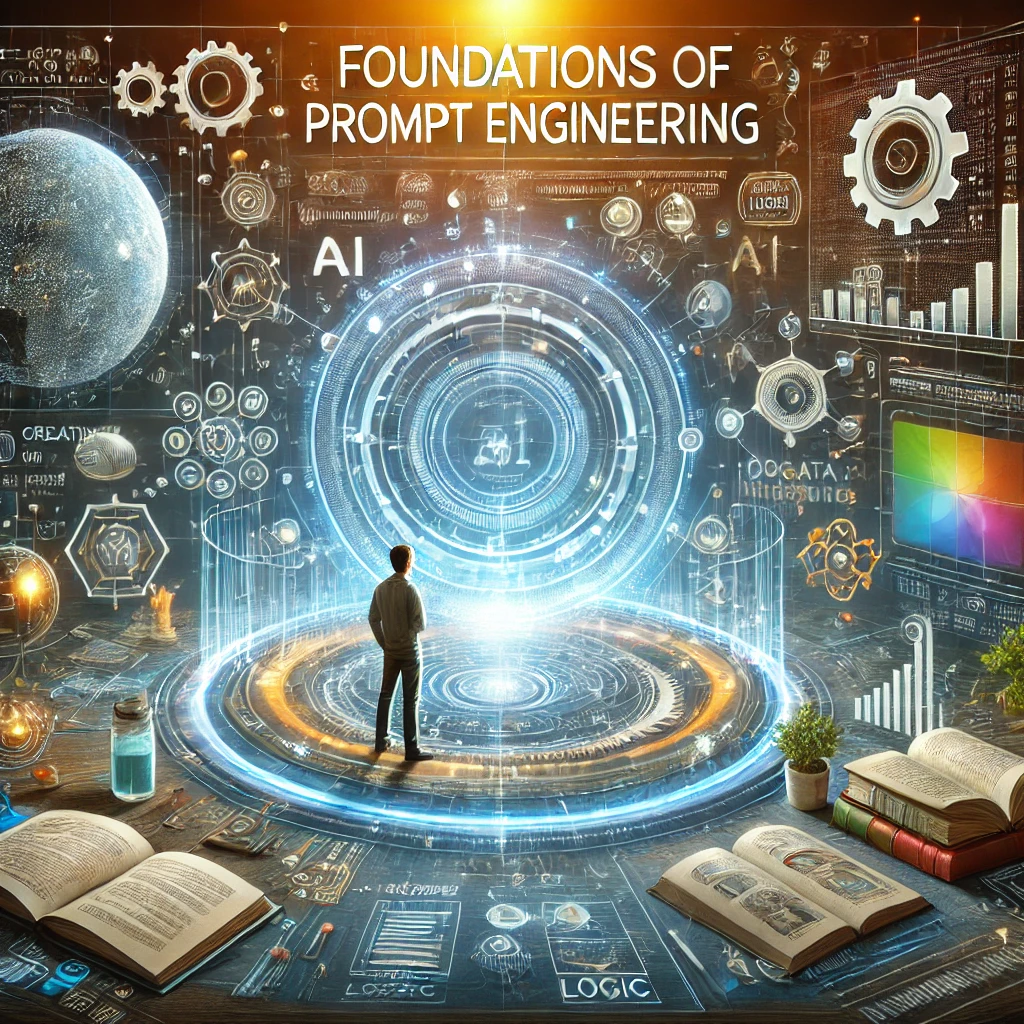OpenAI Introduces New Text-to-Video Model, Sora

OpenAI has unveiled its latest innovation, Sora, in response to Google’s Lumiere. Sora is a diffusion model capable of converting concise text descriptions into high-definition video clips lasting up to one minute.
How Sora Functions: Sora operates as a diffusion model, initially presenting a video resembling static noise, gradually refining it over numerous iterations by eliminating the noise. OpenAI addresses the challenge of maintaining subject consistency, even during temporary disappearances, by endowing the model with foresight spanning multiple frames.
AI Video Output from OpenAI’s Sora:
Sora’s Technical Overview:
OpenAI offers insights into Sora’s state-of-the-art architecture, outlining key methodologies and features:
Unified Representation for Extensive Training: Sora emphasizes transforming visual data into a unified representation conducive to large-scale generative model training. Unlike previous approaches focusing on specific visual data types or fixed-size videos, Sora embraces the inherent variability in real-world visual content.
Patch-Based Representations: Inspired by token usage in large language models, Sora adopts a patch-based representation of visual data, unifying diverse modalities and facilitating scalable model training.
Video Compression Network: Sora employs a specialized video compression network to compress input videos into a lower-dimensional latent space while preserving temporal and spatial information. This compressed representation is then decomposed into spacetime patches for Sora’s diffusion transformer architecture.
Diffusion Transformer: Leveraging a diffusion transformer architecture, Sora demonstrates exceptional scalability in video modeling tasks, improving sample quality with increased training compute.
Native Size Training: Training on data at its native size enables Sora to retain sampling flexibility, improve framing and composition, and enhance language understanding, resulting in superior composition and framing for high-quality video generation.
Language Understanding and Text-to-Video Generation: Training Sora involves leveraging advanced language understanding techniques, such as re-captioning and prompt generation, to enhance text fidelity and overall video quality.
Capabilities of Sora
Sora boasts impressive capabilities, including:
- Prompting with Images and Videos
- Animating DALL-E Images
- Extending Generated Videos
- Video-to-Video Editing
- Connecting Videos
- Image Generation
- Simulation Capabilities
Limitations of Sora
Despite its advancements, Sora has limitations such as struggling with accurately simulating complex spaces, understanding certain cause-and-effect instances, and precise spatial details.
Safety Considerations of Sora
To ensure safe usage, OpenAI has enlisted a team of red teamers to rigorously test the model before its release. Additionally, they have implemented safety measures like detection classifiers to identify misleading content and will monitor outputs for compliance with their usage policy.
In conclusion, Sora represents a significant leap in text-to-video synthesis, offering powerful capabilities while addressing safety concerns through robust testing and monitoring mechanisms.






Responses